Rising Urbanization
The Ventilation Equipment Market is significantly impacted by the ongoing trend of urbanization, which is leading to increased construction activities in urban areas. As populations migrate to cities, the demand for residential and commercial buildings rises, necessitating effective ventilation solutions to ensure adequate air quality. Data indicates that urban areas are expected to house over 68% of the world population by 2050, creating a substantial market for ventilation equipment. This trend compels builders and developers to incorporate advanced ventilation systems in new constructions, thereby propelling the growth of the ventilation equipment market. The need for efficient air circulation in densely populated areas is likely to remain a key driver in the industry.
Technological Advancements
The Ventilation Equipment Market is witnessing a surge in technological advancements that enhance system efficiency and user experience. Innovations such as variable air volume (VAV) systems, energy recovery ventilators (ERVs), and smart sensors are becoming increasingly prevalent. These technologies allow for real-time monitoring and control of indoor air quality, optimizing energy consumption and reducing operational costs. According to recent data, the integration of smart technologies in ventilation systems can lead to energy savings of up to 30%. As consumers and businesses become more aware of the benefits of these advancements, the demand for technologically advanced ventilation solutions is likely to escalate, further driving market growth.
Regulatory Compliance and Standards
The Ventilation Equipment Market is increasingly influenced by stringent regulatory frameworks aimed at improving indoor air quality and energy efficiency. Governments and regulatory bodies are implementing standards that mandate the use of advanced ventilation systems in commercial and residential buildings. For instance, regulations such as ASHRAE 62.1 in the United States set minimum ventilation rates, which drives demand for compliant ventilation equipment. This regulatory landscape not only ensures healthier indoor environments but also propels innovation within the industry, as manufacturers strive to meet these evolving standards. Consequently, the need for compliant ventilation solutions is expected to bolster market growth, as stakeholders prioritize adherence to regulations while enhancing occupant comfort and safety.
Increased Awareness of Indoor Air Quality
The Ventilation Equipment Market is experiencing heightened awareness regarding the importance of indoor air quality (IAQ) among consumers and businesses alike. As individuals become more conscious of the health implications associated with poor air quality, there is a growing demand for effective ventilation solutions that can mitigate these risks. Studies have shown that poor IAQ can lead to various health issues, including respiratory problems and allergies. Consequently, organizations are investing in advanced ventilation systems to enhance air quality in workplaces and homes. This trend is expected to drive the market as stakeholders prioritize health and wellness, leading to increased adoption of ventilation equipment designed to improve IAQ.
Sustainability and Energy Efficiency Initiatives
The Ventilation Equipment Market is increasingly shaped by sustainability and energy efficiency initiatives. As environmental concerns gain prominence, both consumers and businesses are seeking ventilation solutions that minimize energy consumption and reduce carbon footprints. The implementation of energy-efficient ventilation systems not only aligns with global sustainability goals but also offers cost savings in the long run. Data suggests that energy-efficient ventilation systems can reduce energy usage by up to 50% compared to traditional systems. This growing emphasis on sustainability is likely to drive innovation within the industry, as manufacturers develop products that meet the demand for eco-friendly solutions, thereby enhancing their market position.


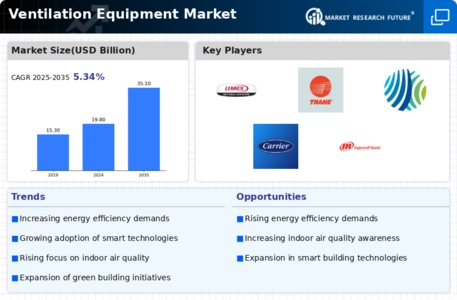
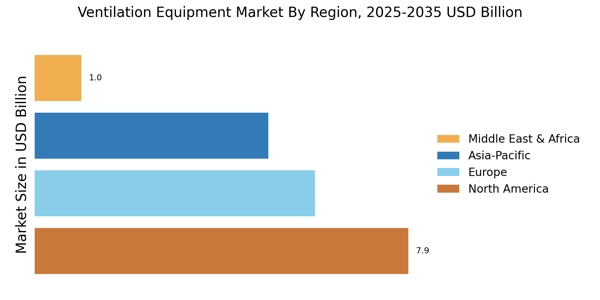

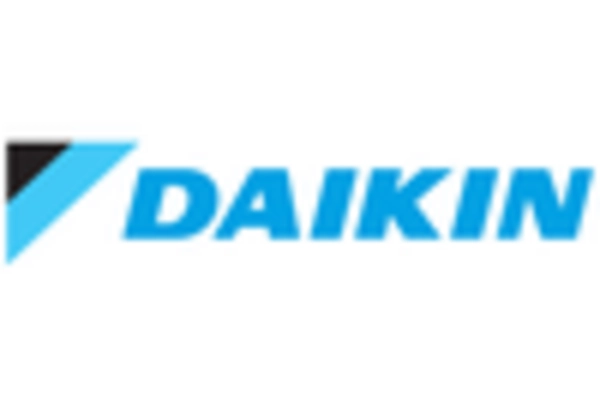


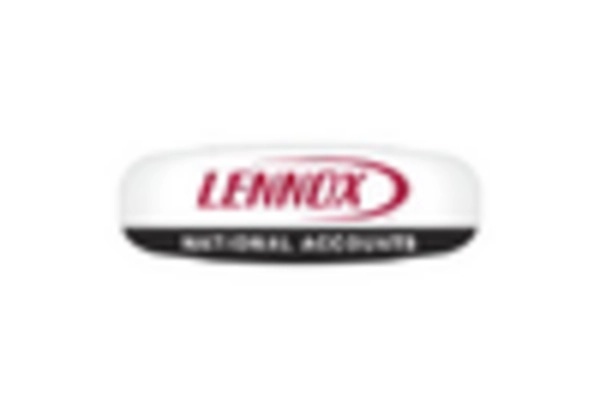
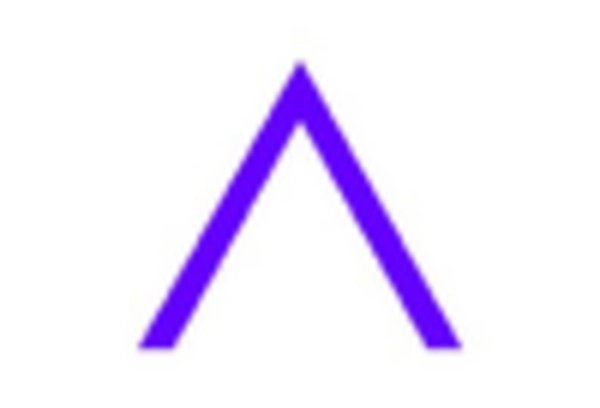








Leave a Comment